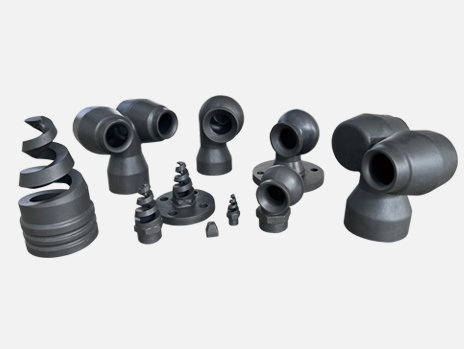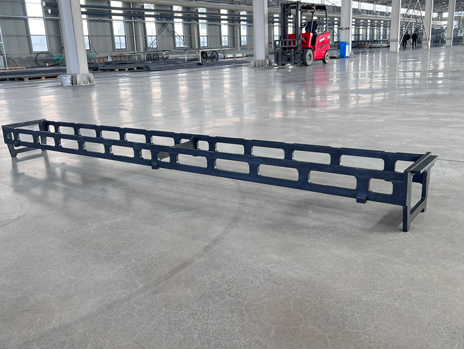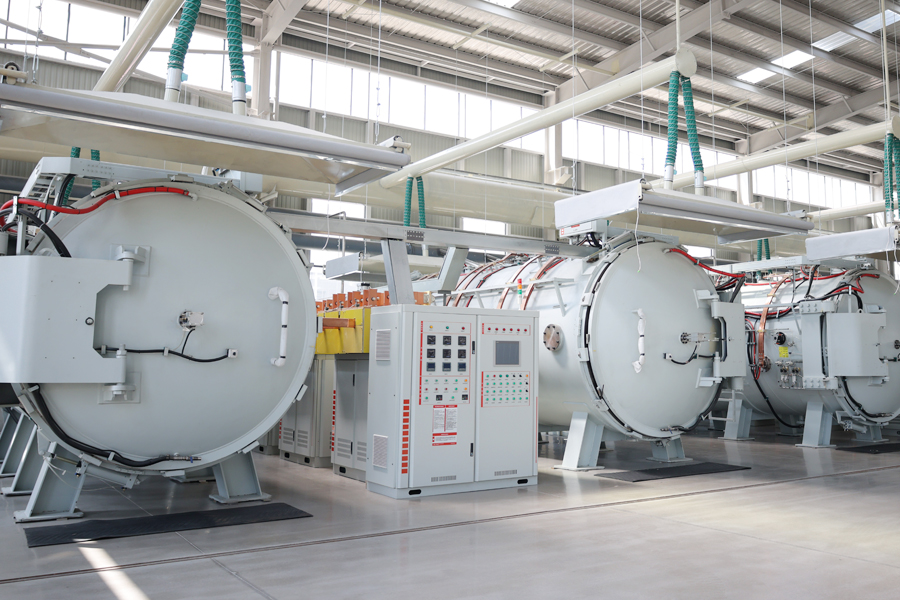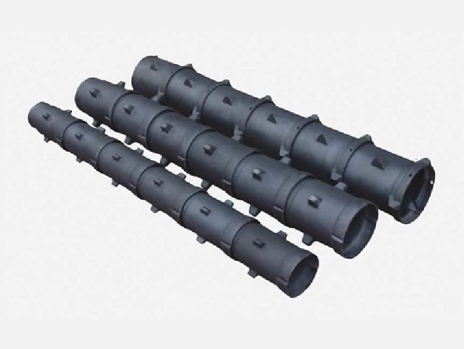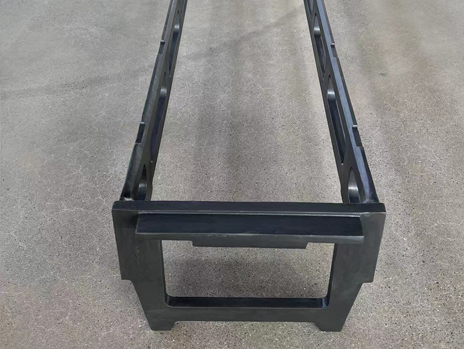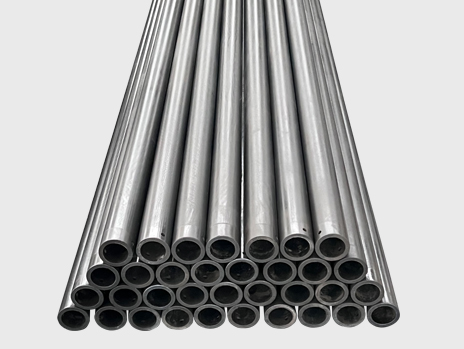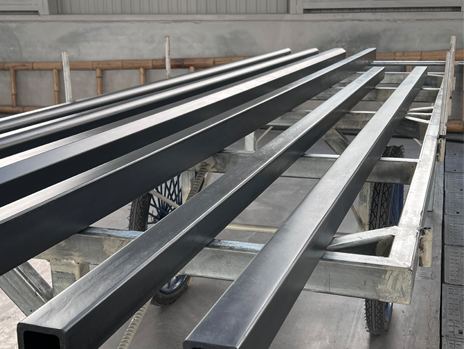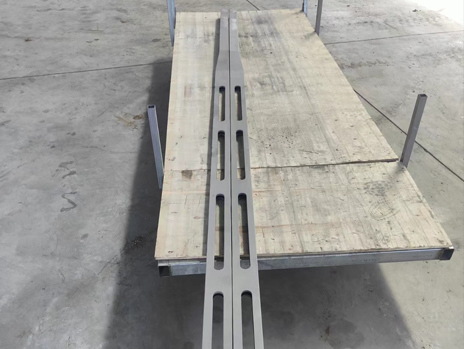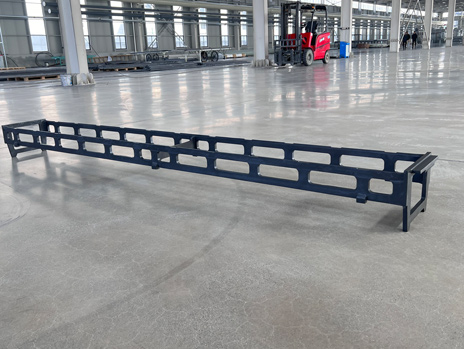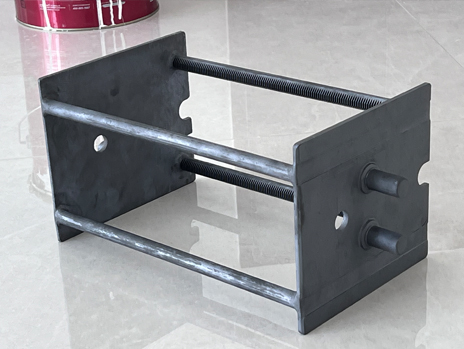Silicon carbide (SiC) has emerged as a significant material in the development of motor drives, thanks to its superior electrical properties compared to traditional silicon (Si) semiconductors. SiC offers higher breakdown voltage, lower switching losses, and higher thermal conductivity, making it an ideal choice for high-performance motor drive applications. This article delves into the various application cases of SiC in motor drives, highlighting its advantages, practical implementations, and future potential.
Advantages of Silicon Carbide in Motor Drives
High Breakdown Voltage
Silicon carbide's wide bandgap enables it to withstand higher electric fields without breaking down. This characteristic is particularly beneficial in motor drives that require high voltage operation. The ability to handle high voltages allows for the design of more compact and efficient motor drives, reducing the need for bulky and heavy components.
Low Switching Losses
SiC devices exhibit lower switching losses compared to their silicon counterparts. This advantage results in higher efficiency and reduced heat generation, which is crucial for motor drives that operate at high frequencies. The lower switching losses also contribute to longer device lifetimes and lower maintenance costs.
High Thermal Conductivity
The high thermal conductivity of silicon carbide allows for better heat dissipation, which is essential in high-power applications. This property enables motor drives to operate at higher temperatures without compromising performance or reliability. Improved thermal management leads to smaller cooling systems, reducing the overall size and weight of the motor drive system. https://www.macrocosmmaterial.com/
Application Cases of SiC in Motor Drives
Electric Vehicles (EVs)
One of the most prominent application cases of SiC in motor drives is in the electric vehicle (EV) industry. The demand for higher efficiency, extended driving range, and faster charging times has driven the adoption of SiC-based motor drives in EVs.
Enhanced Efficiency and Range
SiC inverters in EVs significantly improve energy conversion efficiency, reducing losses during acceleration and deceleration. This enhancement translates to a longer driving range on a single charge, addressing one of the primary concerns of EV users.
Compact and Lightweight Designs
The superior properties of SiC allow for the design of more compact and lightweight motor drives. This reduction in size and weight is critical for EVs, as it contributes to overall vehicle efficiency and performance.
Fast Charging Capabilities
SiC technology enables higher power densities and faster switching, facilitating rapid charging solutions. This capability is crucial for the widespread adoption of EVs, as it addresses the issue of long charging times.
Industrial Motor Drives
SiC technology is also making significant strides in industrial motor drives, where efficiency, reliability, and compactness are paramount.
High-Performance Drives
Industrial applications often require high-performance motor drives capable of handling large loads and operating under harsh conditions. SiC-based motor drives offer the robustness and efficiency needed for such demanding environments.
Energy Savings
The improved efficiency of SiC motor drives leads to substantial energy savings in industrial operations. Lower energy consumption not only reduces operational costs but also contributes to sustainability goals by minimizing the carbon footprint.
Enhanced Reliability
SiC devices' ability to operate at higher temperatures and voltages enhances the reliability of industrial motor drives. This reliability is crucial for minimizing downtime and maintaining continuous operation in critical industrial processes.
Renewable Energy Systems
Renewable energy systems, such as wind and solar power, benefit from the integration of SiC in motor drives. The need for efficient power conversion and grid integration drives the adoption of SiC technology in these applications.
Wind Turbine Drives
Wind turbines require efficient and reliable motor drives to convert mechanical energy into electrical energy. SiC-based motor drives offer the efficiency and robustness needed to maximize energy capture and minimize maintenance requirements.
Solar Inverters
Solar inverters convert DC power generated by solar panels into AC power for grid integration. SiC technology enhances the efficiency and power density of these inverters, leading to better overall system performance and reduced installation costs.
Future Potential and Developments
The future of SiC in motor drives looks promising, with ongoing research and development aimed at further enhancing its capabilities and expanding its application range.
Advanced Manufacturing Techniques
Advancements in SiC manufacturing techniques are expected to reduce production costs and improve the availability of SiC devices. These developments will make SiC technology more accessible for a wider range of motor drive applications.
Integration with Emerging Technologies
The integration of SiC with emerging technologies, such as the Internet of Things (IoT) and artificial intelligence (AI), has the potential to revolutionize motor drive systems. Smart motor drives with SiC technology can offer predictive maintenance, real-time performance optimization, and advanced diagnostics.
Expansion into New Markets
As SiC technology matures, its application is likely to expand into new markets, such as aerospace, medical devices, and consumer electronics. The unique properties of SiC will enable innovative solutions and drive further technological advancements in these sectors
Silicon carbide has proven to be a game-changer in the field of motor drives, offering unparalleled advantages in terms of efficiency, reliability, and performance. Its application in electric vehicles, industrial motor drives, and renewable energy systems highlights its versatility and potential. As advancements in SiC technology continue, the scope of its application is set to expand, paving the way for more efficient and sustainable motor drive solutions.


